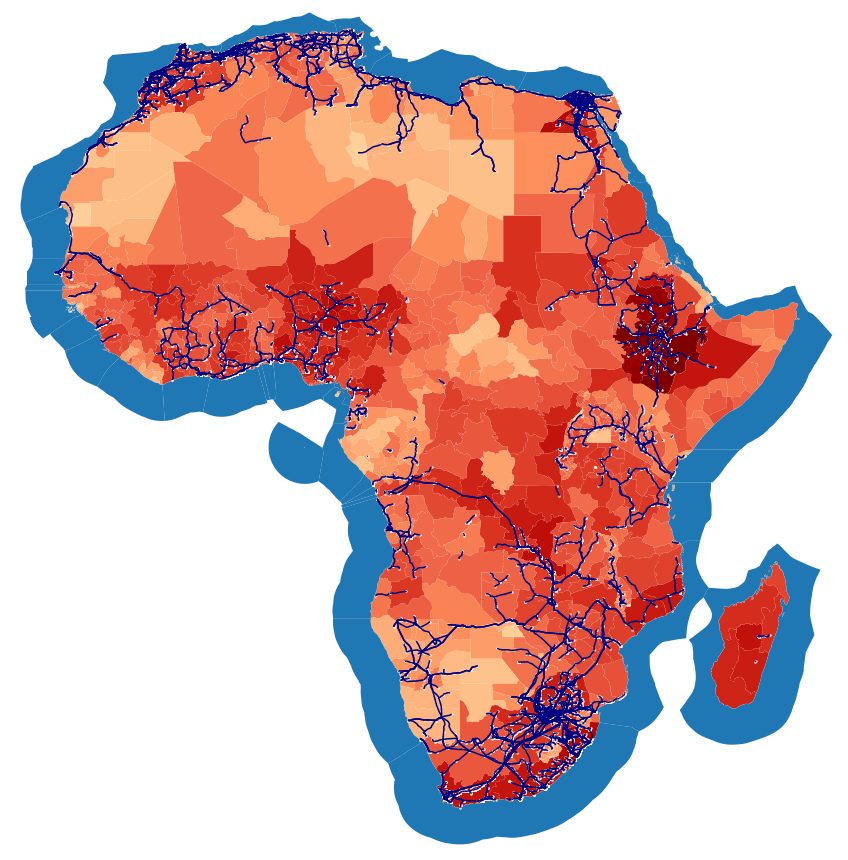Organisational Diversity
Organisational Diversity#
The details of organisations affiliated with the identified projects have been collected and grouped into six distinct categories:
Fig. 34 - The distribution of organisational forms#
Community-driven: projects which are without institutional affiliation and are led by individual contributors. The majority of OSS projects within environmental sustainability can be found in this category, with a total share of 25.8%. These projects are also the oldest we have identified. The organisations leading these projects are characterised by a high degree of flexibility and freedom – embodying the origin of the OSS movement itself. The lack of institutional affiliation and support can lead to greater risks in terms of financial sustainability and resourcing.
Academia: projects which are hosted, managed, or developed by academic labs and research institutions; 23.4% of all projects are hosted by university departments. Academic institutions play a critical role in open source sustainability. Universities, particularly research software engineering labs, can provide long-term stability and deep expertise. At the same time, such developments run the risk of bypassing practical usage and losing development capacity due to the high turnover of staff and lack of financial resources within the academic environment.
Government agency: projects which are hosted, led or developed by national and/or subnational governments; governments are responsible for 15.9% of projects. Open source provides greater control and independence while lowering the risk of vendor or political lock-in, making it easier for governments to plan their digital sustainability futures more holistically. Such projects run the risk of losing resources due to political realignment. The large number of US institutions setting a good example here is remarkable. However, the Canadian Province of British Columbia stands out due to the high number of projects and its own Digital Principles for the Government.
For-profit: projects which are initiated by private sector entities; industry, startups and other private organisations are responsible for 14.3% of projects. Such projects have the potential for rapid growth and offer the opportunity to transfer theoretical knowledge into practical applications. They typically have a high level of resources early on in development but harbour the risk of not being further developed and maintained due to a change in company strategy. Despite the massive capital strength, there are very few good examples for for-profit organisations within open source environmental sustainability like Electricity Maps, Breakthrough Energy, Vizzuality or Ladybug Tools.
Non-profit: projects which are initiated by organisations that do not primarily aim to generate profits for the shareholders but rather pursue charitable goals. For open source development, such an organisation can provide the structure for long-term project sustainability if sufficient resources are provided. Several community-oriented organisations became non-profits to provide the legal structure for additional growth of a project or community, such as the Python Software Foundation or the Linux Foundation. This organisational form is strongly underrepresented, with a total share of 10.8%. Strong non-profits that take precedence here, are rOpenSci, Reiner Lemoine Institute, OpenClimateFix or Drawdown.
Collaborations: initiatives where projects are hosted, led or developed by a consortium of different actors and institutions. This form of organisation is particularly suitable for generating knowledge transfer between different partners and accounts for the smallest share of 9.71%. The diversity of different organisations provides the benefit of different perspectives but, without clear leadership, bears the risk of prolonged development cycles. Cooperation at eye level between business, civil society and science have a very high potential to drive sustainable developments for society as a whole. These include collaborations such as Science Based Targets Network (SBTN), California Forest Observatory or the International Building Performance Simulation Association.

Fig. 35 - PyPSA-Earth is the first open source global energy system model with data in high spatial and temporal resolution. It enables large-scale collaboration by providing a tool that can model the world energy system or any subset of it. License: GPL-3.0#
